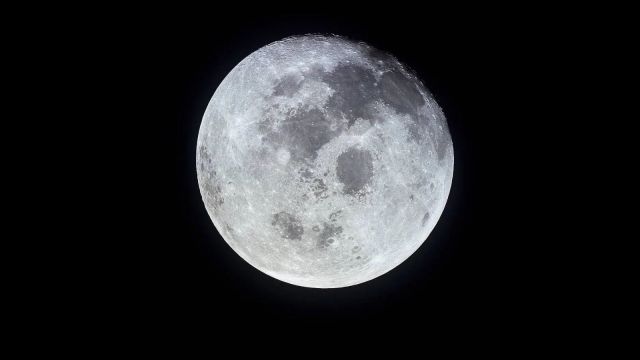Researchers claim Moon turned itself inside out
Scientists in a new study claims that the Moon "turned itself inside out" in a way.
 Image of the Moon. (NASA)
Image of the Moon. (NASA)A small planet smashed into a young Earth 4.5 billion years ago in a collision that flung molten rock into space. This lava slowly cooled and solidified to form the Moon, at least according to most scientists. But that is a bit “more of a choose-your-own adventure novel,” according to a new paper published in the journal Nature Geoscience this week.
A majority of what we know about the Moon comes from the analyses of rock samples collected by Apollo astronauts more than 50 years ago, along with theoretical models. Samples taken of basaltic lava rocks brought from the Moon have surprisingly high concentrations of titanium. Satellite observations taken later found that these titanium-rich volcanic rocks are primarily located on the Moon’s nearside but until recently, we didn’t quite now how they got there.
The Moon formed hot and this means that it was most likely covered by a global magma ocean. As this molten rock cooled and solidified, it would have formed the Moon’s mantle and the bright crust, which is what we see when we look at the Moon. But the young Moon was “out of equilibrium” deeper below the surface. New models suggest that bits of the magma ocean crystalised into dense minerals like ilmenite, which contains titanium and iron.
“Because these heavy minerals are denser than the mantle underneath, it creates a gravitational instability, and you would expect this layer to sink deeper into the moon’s interior,” said Weigang Liang, who led the research, in a press statement.
But over the years, this dense material sank into the interior, mixed with the mantle, melted, and returned to the surface as titanium-rich lava flows that we see on the surface of the Moon.
“Our moon literally turned itself inside out. But there has been little physical evidence to shed light on the exact sequence of events during this critical phase of lunar history, and there is a lot of disagreement in the details of what went down – literally,” said co-author Jeff Andrews-Hanna, in a press statement.







